The term “Yazidi” is often incorrectly confused with the Arabian name “Yazid“. The term is originally “Yazdi” derived from Iranic “Yazata” broadly meaning “Angels”, hence the prime Zoroastrian spiritual entity term “Ahura-Mazda“, terms for surviving Iranic cults in Kurdistan known as the “Yazdan” (lit. cult of Angels), and the surviving name of “Yazd” for the city of that name in Iran today. There are various mystical orders that have theological ties to the “Yazdi” or “Yazidi” such as the “Yar-esan” and the Qaderi clans of Western Iran. The Yazidis are an ancient community, concentrated in northwestern Iraq but also found in Iran, Syria and Turkey.
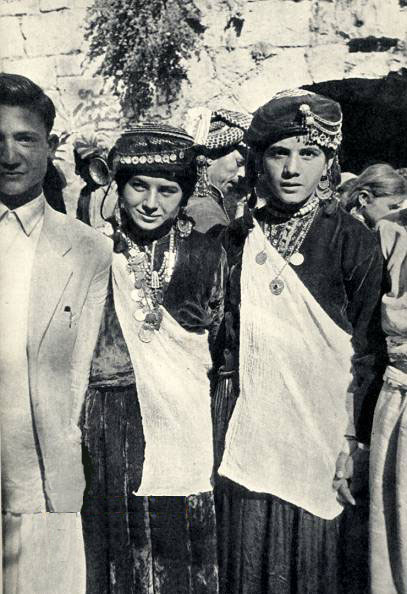 Yazdi or Yazidi youth in the 1950s in Lalesh (Saradistribution.com).
Yazdi or Yazidi youth in the 1950s in Lalesh (Saradistribution.com).
The holiest Yazidi or Yazdi site is the Temple of Lalesh, situated in a valley near Dohuk in Nineveh Province (roughly an hour and a half drive outside of Erbil in northern Iraq). This is an ancient cultural and theological site with strong ties to ancient Iranic religions such as Zoroastrianism and ancient cults such as Mithraism and Zurvanism. The movement however also features interesting ties to Christianity and Islam and welcomes their holy books into their theology.
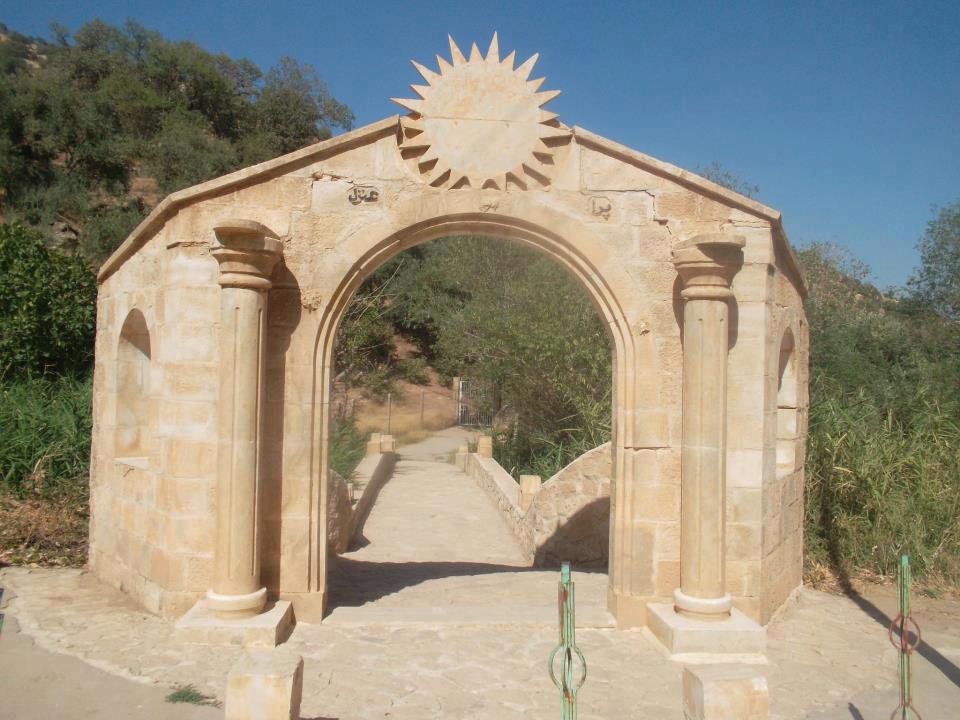 Entrance portal to the Temple of the Yazdis or Yazidis at Lalesh (Saradistribution.com).
Entrance portal to the Temple of the Yazdis or Yazidis at Lalesh (Saradistribution.com).
The Yazidi or Yazdi religion is believed to have its origins as late as the 11th century, however it is generally agreed that the faith has derived much of its theology from the ancient Zoroastrianism religion of pre-Islamic Iran. From what is known, the Yazidi or Yazdis do not have or write holy books like the Abrahamic faiths; they tend to pass on their traditions in an oral fashion with stories, poems and songs. Interestingly one cannot simply convert to the Yazidi or Yazdi religion; one can only enter this by having been born into the faith.
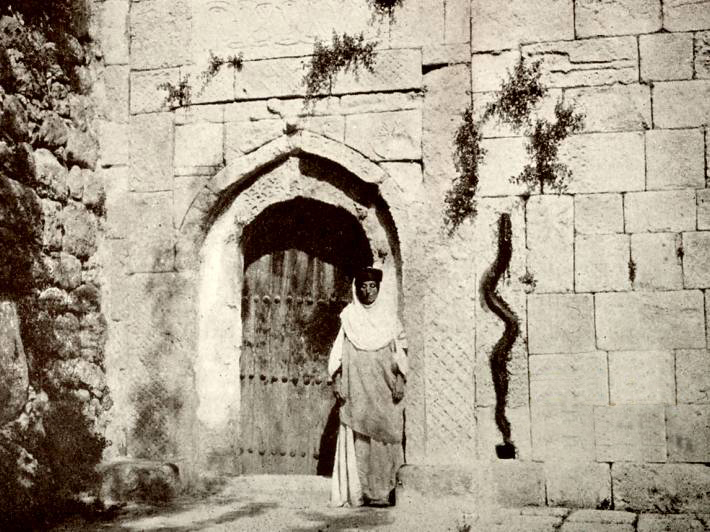 Excellent depiction of a Khatoun at an ingress into the Temple in 1907 (Saradistribution.com). The term Khatoun in this cultural context designates a matriarch; ancient cults such as Mazdakism, Yazdanism, Yazdism as well as the ancient Zoroastrian faith, have often held men and women in equal regard, especially with regard to learning and leadership roles (for more see here).
Excellent depiction of a Khatoun at an ingress into the Temple in 1907 (Saradistribution.com). The term Khatoun in this cultural context designates a matriarch; ancient cults such as Mazdakism, Yazdanism, Yazdism as well as the ancient Zoroastrian faith, have often held men and women in equal regard, especially with regard to learning and leadership roles (for more see here).
The Yazidis are expected to engage in a six-day pilgrimage (minimum once a lifetime) to Lalesh to visit the tomb of Sheikh Adi and other holy sites. Sheikh Adi is the primary figure of the religion of the Yazidis.
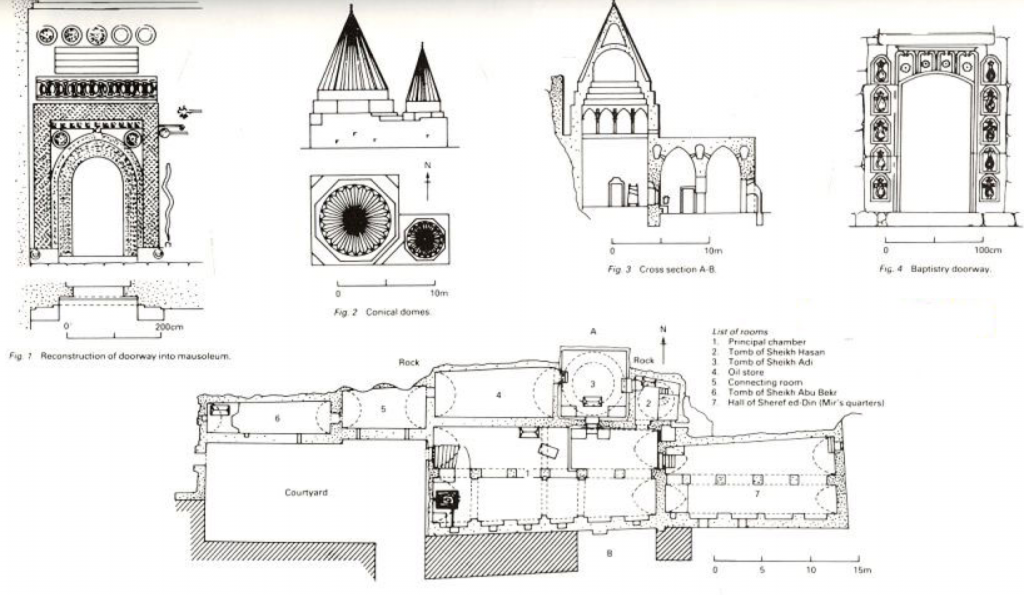 Detailed architectural plan of the Mausoleum at the Temple at Lalesh (Saradistribution.com).
Detailed architectural plan of the Mausoleum at the Temple at Lalesh (Saradistribution.com).
Yazidis also engage in a yearly pilgrimage for the local autumn Festival or “Feast of the Assembly“.
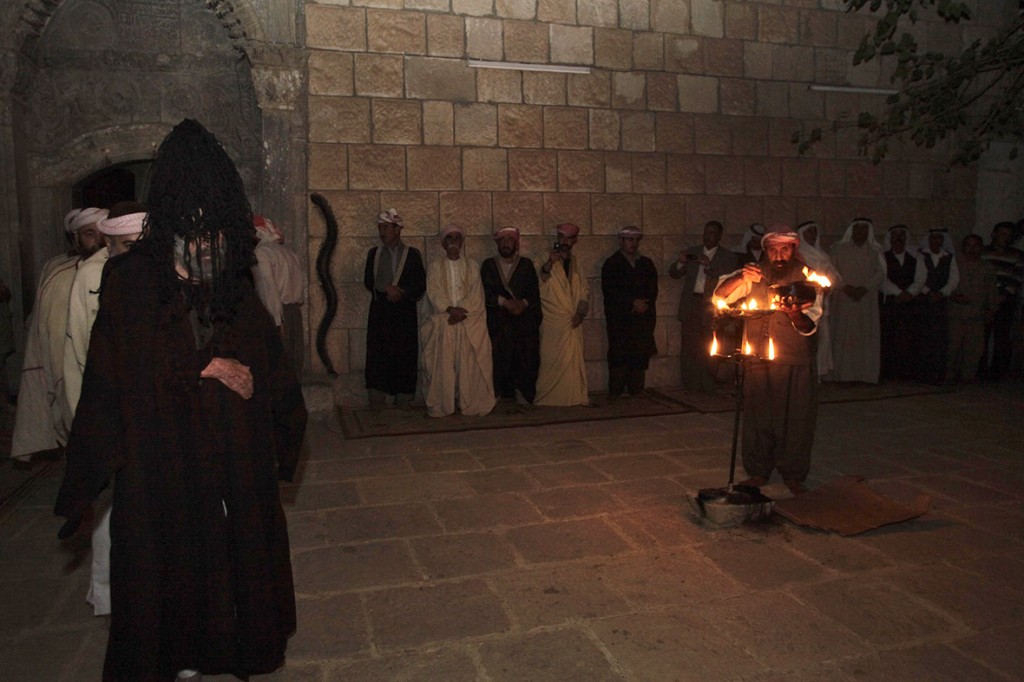 The Yazidi faithful engaging in their “Festival of Eid al-Jamma” (photo taken on 7 October, 2010 & displayed the International Business Times).
The Yazidi faithful engaging in their “Festival of Eid al-Jamma” (photo taken on 7 October, 2010 & displayed the International Business Times).
Note the image of a large black snake on the wall in the above photo. One legend narrates this as having been once alive, and causing havoc among the local residents of the sanctuary. Sheikh Adi then intervened and transformed that snake into its present solidified form as it tried to climb up the same wall it is now transfixed in. Yet another tradition narrates that it was Sheikh Adi’s companion, Sheikh Mend, who transformed himself from human form into this black snake. Sheikh Mend had done this to repel the Haweri Kurdish tribe who were attempting to force the Yazidis to convert to the Islamic faith.
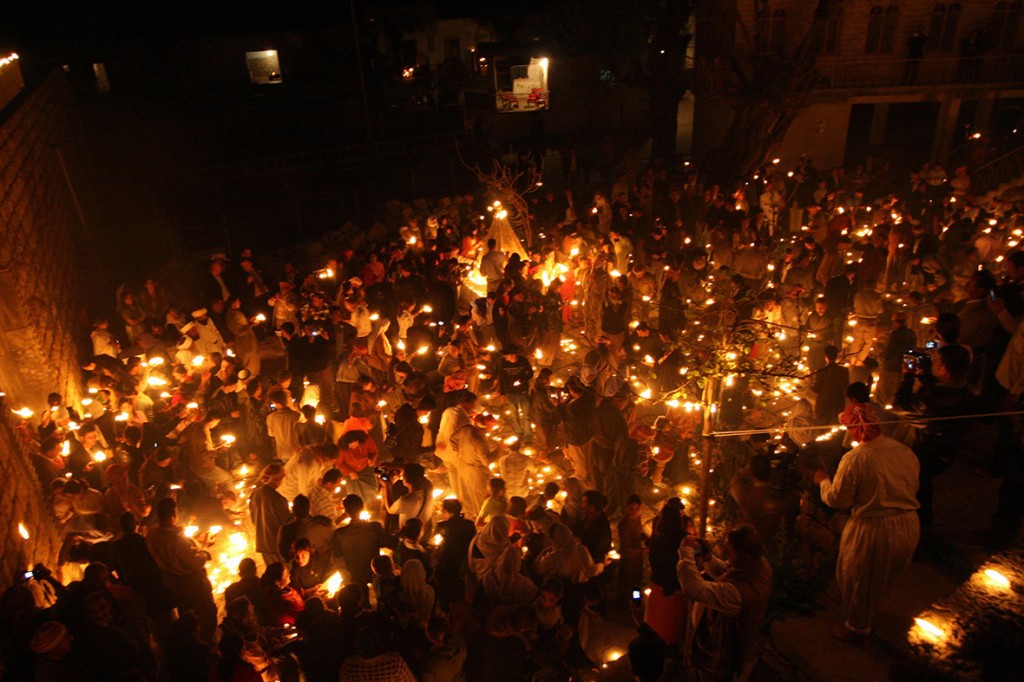 Yazidis lighting candles outside the Lalesh temple in celebration of the Yazidi New Year (photo taken on April 17, 2007 & displayed the International Business Times). The Yazidis celebrate the ingress of light into the world.
Yazidis lighting candles outside the Lalesh temple in celebration of the Yazidi New Year (photo taken on April 17, 2007 & displayed the International Business Times). The Yazidis celebrate the ingress of light into the world.
The Yazidi theology of creation is of interest, especially given its parallels with Zoroastrianism and other ancient Iranic faiths. In the Yazidi version of creation, God created the universe and entrusted its welfare to seven angels. The prime angel or “Yazata” of the seven angels is “Malak Tawous” (Persian: Malek Tavoos), broadly translated as “Lord/king Peacock”. In Yazidism this is a Yazata that has been incarnated in the physical realm in the body of a peacock.
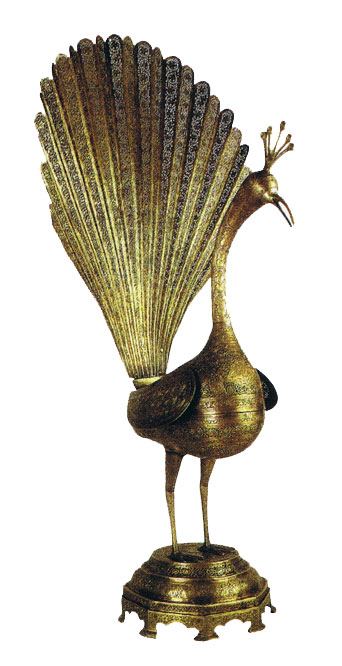 Metalwork representing the spiritual entity Malak Tawous (Saradistribution.com).
Metalwork representing the spiritual entity Malak Tawous (Saradistribution.com).
The peacock has held a special significance among Iranian peoples since antiquity and is well represented in the arts during the pre-Islamic and post-Islamic periods.
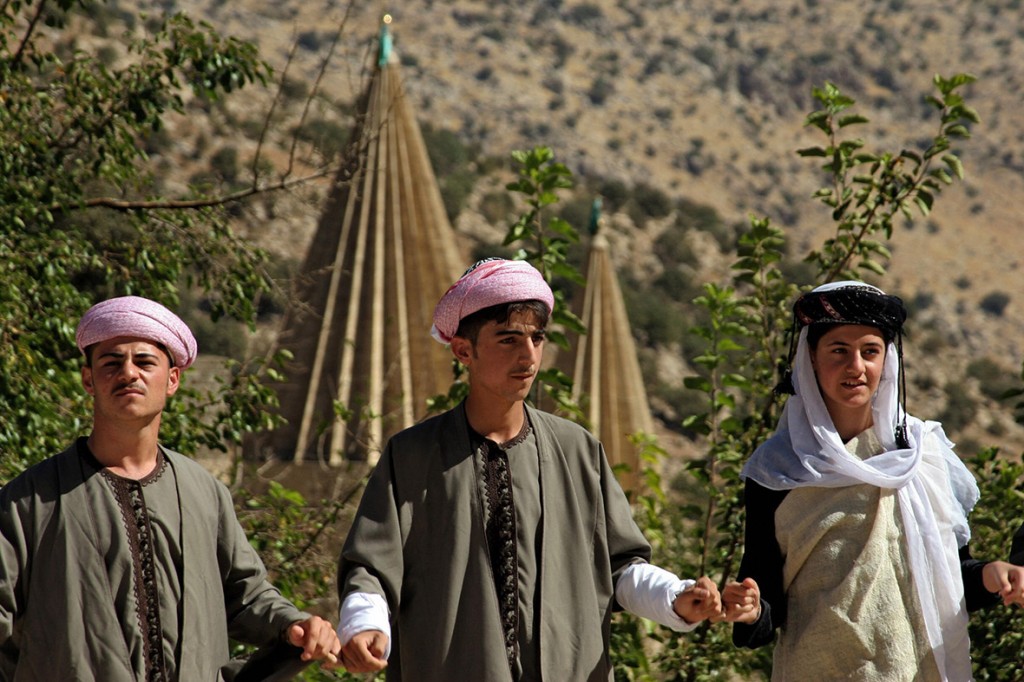 Local Yezidis engage in the traditional Kurdish dance outside the Lalesh temple (photo displayed the International Business Times).
Local Yezidis engage in the traditional Kurdish dance outside the Lalesh temple (photo displayed the International Business Times).
The Yazidis have had to contend with several persecutions in history. Their very existence has been threatened up to modern times, notably by the former Saddam Hussein regime and more recently by pan-Muslim ideologues.



